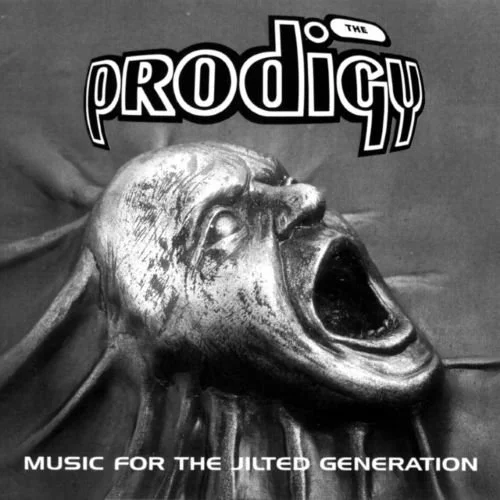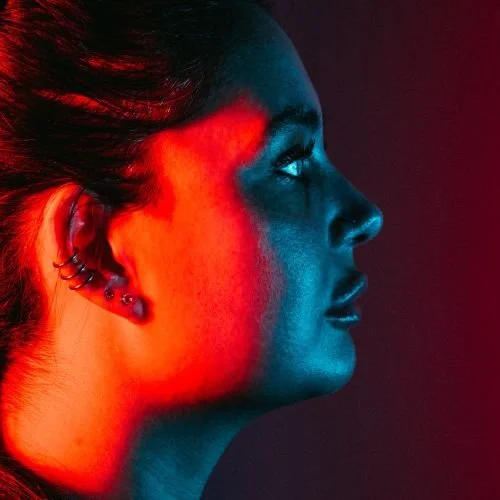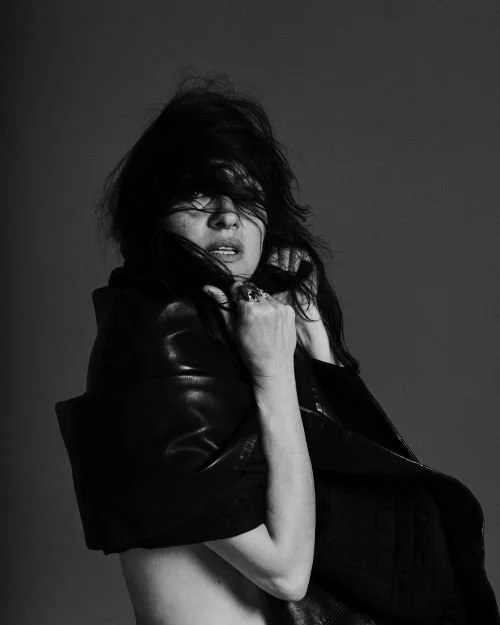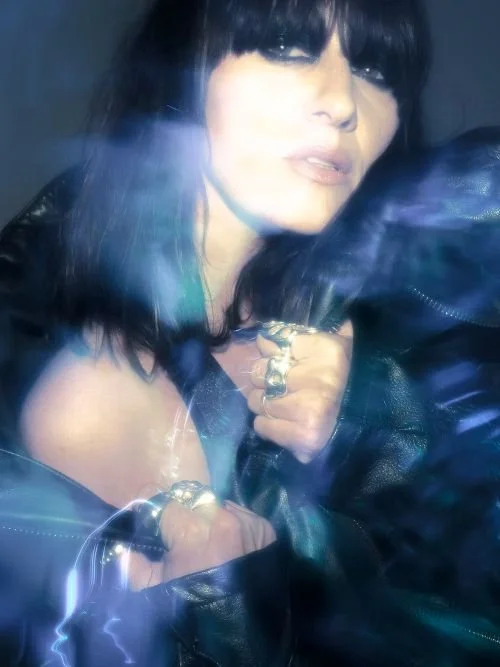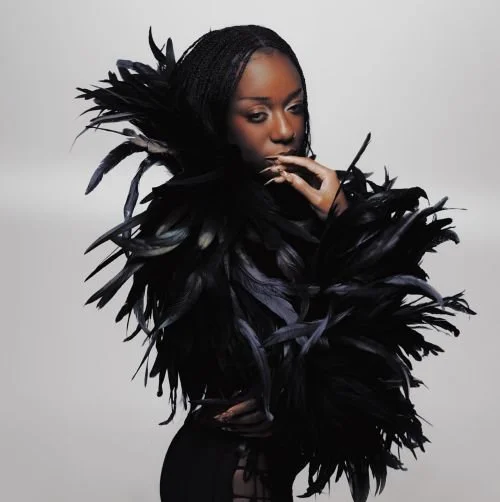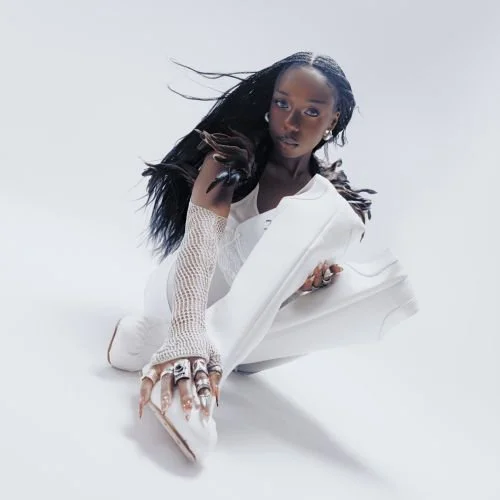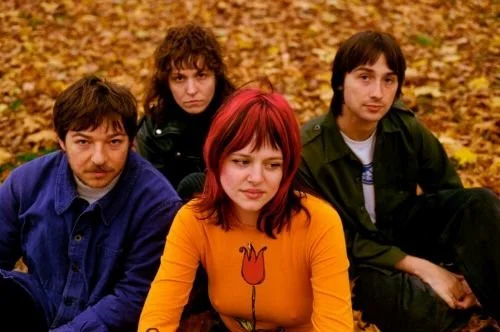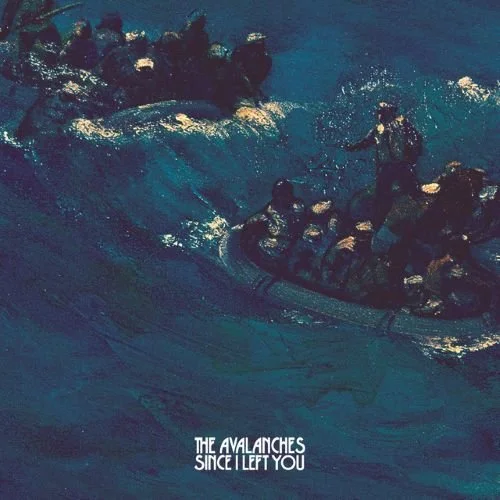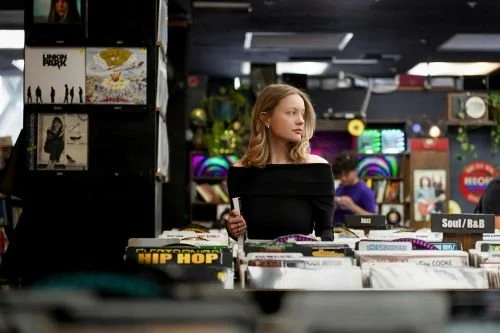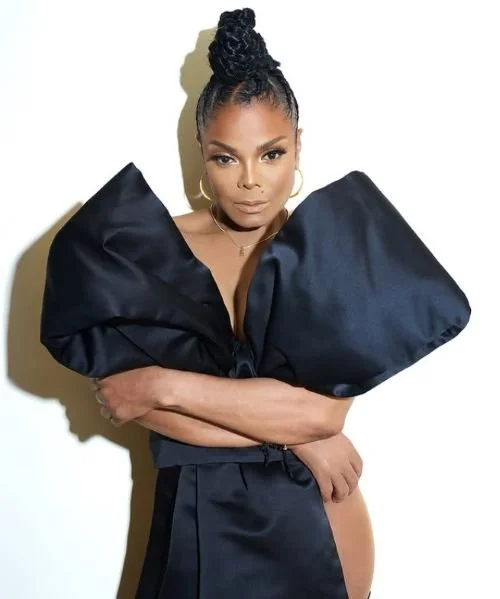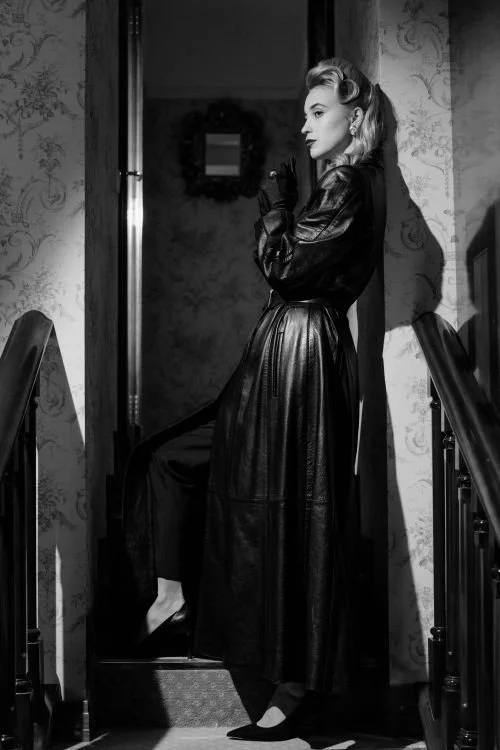FEATURE:
Kate Bush: The Tour of Life
What Is the Icon’s Best Ever Interview?
__________
THIS is a subject…
that I have covered by referencing Kate Bush interviews. When thinking about all of the interviews that she has conducted through the years, which one is the absolute best? It is a subjective thing, but I always love the ones that she did around 1978. When The Kick Inside was released. There are some great interviews around 1985’s Hounds of Love. In terms of the types of interviews, there are those in print, in addition to those on radio and T.V. I know there are websites that collate Kate Bush websites but, in terms of prosperity and archiving, I do think there should be something more expansive and up to date. All the interviews from throughout the years. This brilliant website is invaluable when it comes to great print interviews. I am going to source one that is a particular favourite. I have been thinking of all the interviews Kate Bush has given. It must have been exhausting for her! Think how many she gave up to and including 1985. Bush was travelling all around the world and being pulled here and there. There are fewer long-form radio interviews in the earliest years. Some of the most expansive and deep ones were from 2005 and 2011. You get something from radio interviews that you can’t from print. Listening to Bush speaking with Mark Radcliffe in 2005 about Aerial. Or when she chatted with John Wilson and Lauren Laverne about 2011’s 50 Words for Snow. One thing that is common through the interviews is Kate Bush’s warmth, hospitality and intelligence. Always such an engaging interview subject. Maybe the very best are later ones where Bush gets to speak from her home.
She did not give a tonne of interviews for Aerial. There were more for Director’s Cut in 2011. Even more for 50 Words for Snow. When deciding which are the best interviews, I guess you have to take a lot of things into consideration. With Kate Bush, there is not going to be controversy or anything highly charged and confrontational. In terms of surprise moments or revealing big secrets. Instead, it is that bond between her and that interview. The types of questions that were asked. I am surprised there has not been a feature listening some of Bush’s best interviews. There were so many in 1978. It was her first professional year and things were pretty hectic. As an interviewee, I think Bush had this period where she was getting used to the media. How they behaved and the interview experience. Maybe she did become more guarded the more attention that came her way. Between 1982 and 1989, I think there was this growth. I have sourced so many interviews from that period. I am going to end with one from 1982 that, whilst not my all-time favourite, is a perfect example. Where Bush is confident and gives great answers. Maybe not all the questions are especially insightful or original. However, it was an important period where many had written her off. The Dreaming was almost a gamble in terms of its sound and the fact it arrived two years after Never for Ever. However, I am compelled to look harder and wider to find perfect interviews. I think, if I was to rank then, her chat with Mark Radcliffe in 2005 would be top three. There are some great ones from 1985, however, I think I would put a couple of print interviews from 1980 and 1989 in the top three too.
I am going to wrap up after dropping in this interview from Melody Maker conducted by Paul Simper. Such a vital year and one of so many interviews she was involved with in 1982, I do love reading some of the chats from that time. Having completed one of the most intense albums in terms of commitment and personal sacrifice, it must have been hard detaching from it:
“To some people Kate Bush has almost ceased to exist. Usurped on the bedroom walls young upstarts like Clare Grogan and Kim Wilde, she is now a much more private lady who rarely goes out and seems quite content to concentrate on her singing and dancing.
It's been two years since her last LP, Never For Ever, and though the single that followed "Sat In Your Lap", reached number 11, the recent commercial failure of "The Dreaming" has seen the undertakers beginning to shuffle and murmur impatiently.
Her new LP, The Dreaming, should keep the vultures at bay however. Drawing on far greater depths of emotion and a much wider range of cultural references from Australian art to forties B-movies - it is an indication of her coming of age, both artistically and professionally.
"I think it's the album I'm most happy with that I've completed. I went through all the problems and depression during the album and then ended up feeling quite pleased with it. In the past it's worked the other way around."
In every way it is a much more sharply focused and arresting LP. The cover, shot in autumnal shades of brown and gold, shows Kate clasping the head of a man bound in chains. In her mouth lies a tiny gold key.
"The idea of that image and the phrase on the back of the album, 'with a kiss I'd pass the key', is very much connected to the song "Houdini." That song is taken from Mrs. Houdini's point of view because she spent a lot of time working with him and helping with his tricks. One of the ways she would help was to give him a parting kiss, just as he was off into his watertank or whatever, and as she kissed him she'd pass a tiny little key which he would then use later to unlock the padlocks.
"I thought it was both a very romantic and a very sad image because, by passing that key, she is keeping him alive - she's actually giving him the key back into life."
The LP differs greatly in presentation to the fairytale ghouls and ghastlies of Never For Ever. What was the starting point this time?
"The last album was very much the starting point for this one. Perhaps the art work and some of the idea of Never For Ever were misconstrued because although they are very fairytale; on the cover they are meant to depict positive and negative emotions that are very much a part of human beings - that's really what a lot of my songs are about."
The Dreaming is an LP that mutates at an alarming rate. One minute you're playing walkabout in the outback, the next it's Vietnam and you're fighting for your life. But through the images are diverse and at times oblique, the sound - principally driven by menacing, pounding drums - is more consistent. It certainly owes much to Peter Gabriel's third LP which housed such resounding nightmares as "Biko" and "No Self Control".
"I'd been trying to get some kind of tribal drum sound together for a couple of albums, especially the last one. But really the problem was that I was trying to work with a pop medium and get something out of it that wasn't part of that set-up."
"Seeing Peter working in the Town House Studio, especially with the engineers he had, it was the nearest thing I'd heard to real guts for a long long time. I mean, I'm not into rhythm boxes - they're very useful to write with but I don't think they're good sounds for a finished record - and that was what was so exciting because the drums had so much power."
Another influence you're quoted before is Pink Floyd's The Wall, did you see the film?
"Yes. I've been very much influenced by The Wall because I like the way that the Floyd get right into that emotional area and work with sounds as pictures. I think the problem with the film though is that, although as a piece of art it is devastating, it isn't real enough. The whole film is negatively based. No once during Pink's life is there a moment of happiness which I know in every human's life there is. Even if you have the shittiest life of all there is always one little moment where you smile for a second or you fall in love with someone and feel happy - maybe only for ten minutes.
"In The Wall there is no compassion and no objectivity at all and I actually think that certain areas of that are destructive."
Although you've often written romantic songs - "Babooshka", "Wuthering Heights", "The Wedding List" [romantic??] - they've never been happy boy-meets-girl-and-lives-happily-ever-after affairs. Is that because of some private perversity?
"For me that's how real situations are? Whenever I've experienced a relationship, or the people around me have, it's always ended up being incredibly complicated because that's the way human beings are. Nothing is simple, it always ends up being something else or dying and that's what I find so interesting - the drive behind human beings and the way they get screwed up."
Like "Get Out Of My House"?
"The idea with that song is that the house is actually a human being who's been hurt and he's just locking all the doors and not letting anyone in. The person is so determined not to let anyone in that one of his personalities is a concierge who sits in the door, and says 'you're not coming in here' - like real mamma."
Listening to The Dreaming and Never For Ever the night before my interview with Kate the two LPs gradually revealed many lyrical similarities - the anti-war theme of "Breathing" and "Army Dreamers", which is continued on "Pull Out The Pin", for instance. One track, though, left me utterly bewildered - "Suspended In Gaffa"...
"Lyrically it's not really that dissimilar from "Sat In Your Lap" in saying that you really want to work for something. It's playing with the idea of hell. At school I was always taught that if you went to hell you would see a glimpse of God and that was it - you never saw him again and you'd spend the rest of eternity pining to see him. In a way it was even worse if you went to purgatory because you got the glimpse of God and you would see him again [??? but you] didn't know when. So it was almost like you had to sit here until he decided to com back.
"I suppose for me in my work, because it's such a sped up life and so much happens to you and you analyse yourself a lot, you see the potential for perhaps getting to somewhere very special on an artistic or a spiritual level and that excites me a lot. And it's the idea of working towards that and perhaps one day, when you're ready for that change, it's like entering a different level of existence, where everything goes slow-mo... it's almost like a religious experience. That's basically what the song's about."
Are you very religious or do you simply have a strong belief in yourself?
"I think I very much believe in the forces and energies that humans and other things which are alive can create. I do feel that what you give out sincerely then karmically you should get it back."
Time seems to have changed your thirst for knowledge. While in "Rolling The Ball" [sic - "Them Heavy People] you were overbrimming with the joys of gathering wisdom, on a track like "Sat In Your Lap" you appear a lot more impatient - "I want to be a lawyer. I want to be a scholar./But I really Can't be bothered, ooh just/Gimme it quick..."
"I think it's also about the way you try to work for something and you end up finding you've been working away from it rather than towards it. It's really about the whole frustration of having to wait for things - the fact that you can't do what you want to do now, you have to work toward it and maybe, only maybe, in five years you'll get what you're after.
"For me there are so many things I do which I don't want to - the mechanics of the industry - but I hope that through them I can get what I really want. You have to realise that, say, you can't just be an artist and not promote. If you're not a salesman for your work the likelihood is that people won't realise that it's there and eventually you'll stop yourself from being able to make something else. There's no doubt about it that every album I make is really dependant on the money I made from the last one."
Do you do a lot of reading?
"No, not really, because I just don't get the time. But whenever I do it really sparks things off in me. The last book I read was The Shining and it just blew me away, it was absolutely brilliant, and that definitely inspired "Get Out Of My House" because the atmosphere of the book is so strong."
Apart from the use of sound to conjure up very simple images you've also used list of names, like Minnie, Moony, Vicious, Buddy Holly, Sandy Denny on "Blow Away" and Bogart, Raft and Cagney on "There Goes A Tenner". Are they people you particularly admire or do you just like the strong images they create?
"They are people I like. For me, Cagney is one of the greatest actors that has ever been. I just couldn't believe his acting in White Heat.
"He's always played the boy who grew up in a hard time and in a way he was only ever bad because of the things that had influenced him. He comes across as a very human person who had the potential to do something great but was always misled."
"In that song the idea is that everyone's amateur robbers..."
Like the old Ealing comedies?
"Yeah, that's right. So it's like maybe they get a bit cocky... I dunno, I've never done a robbery, but I think that in a situation like that you'd almost try to be like the person you admire so perhaps they'd be like Cagney and George Raft. They idea was nothing like deep - it was just handy! The real challenge of that song was to make it a story but also keep it like a Thirties tune."
A couple of the songs on The Dreaming seem to draw heavily from film noir. "Night of the Swallow", the female is straight out of the awesome Barbara Stanwyck mould of Double Indemnity. She's a domineering, passionate woman who not only doesn't want her lover to risk his life trafficking refuges because of the danger to him, but because she wants him. At the end he pleads - "Would you break even my wings/Just like a swallow/Let me, let me go...”.
Everyone will have their own opinion regarding the ultimate Kate Bush interview. Perhaps it is impossible to distil it down to one. This year, we celebrate forty-five years of Never for Ever and forty years of Hounds of Love. Twenty years of Aerial. A chance to spotlight great interviews around those albums. I still have big affection for those 2011 interviews. The longer audio ones. I think that 1978 provided quite a nice range of interviews. However, thinking about the questions asked, perhaps not as standout as ones from years later. 1980 and 1982 especially interesting years. The T.V. interviews from those years must have been really exhausting. I never feel like Bush was comfortable on T.V. doing interviews. There were a few good examples. Her appearing on Multi Coloured Swap Shop in 1979. Her appearing on Terry Wogan’s chat show more than once. A lot of the earlier radio interviews were pretty brief or throwaway. Some rare nuggets like this 1980 interview with Paul Gambaccini is one that is brilliant as it allowed Bush the chance to talk about some of her favourite music rather than answer the same questions about her new music. I even think there is a book in it. One that focuses on the interviews and promotion. It would be amazing going chronologically and immersing ourselves in how Bush was interviews and how much she had to do. It would be good to know if anyone has a particular favourite Kate Bush interview. Looking through the years and how many interviews Kate Bush gave, it is clear that there are…
SO many to choose from.



